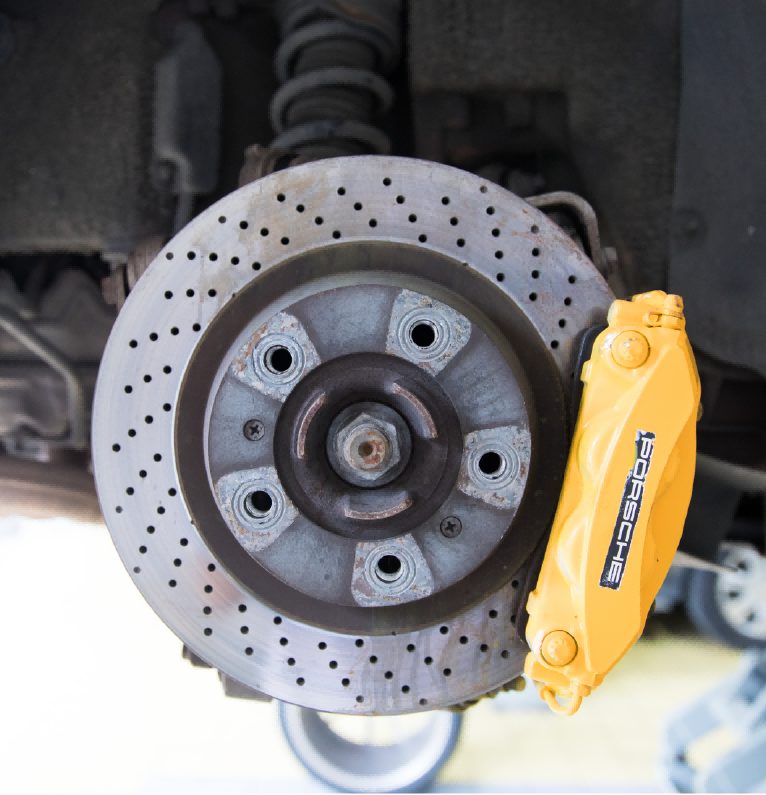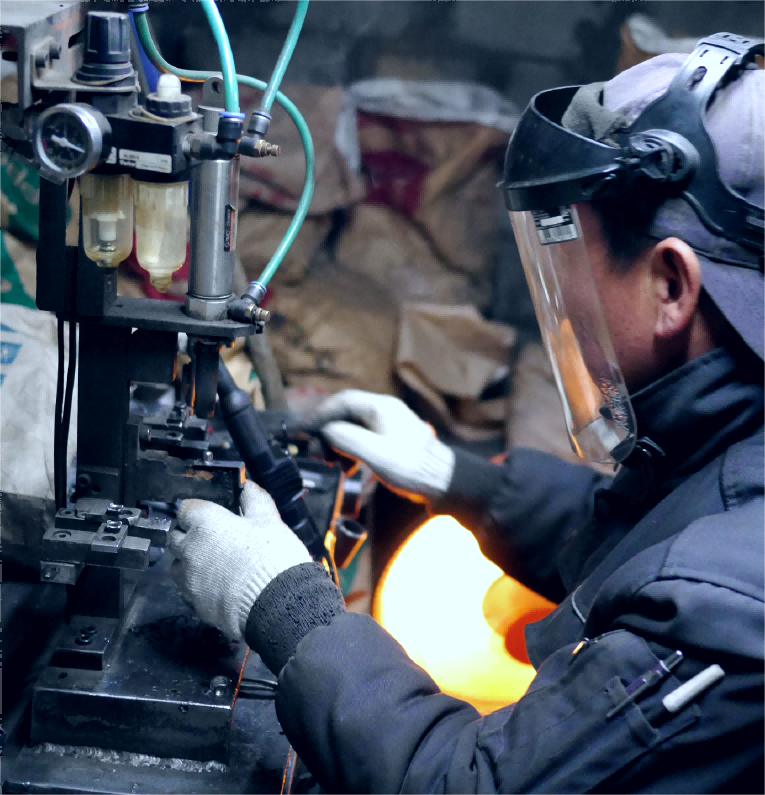Introduction
Aramid fiber is widely used in various industries due to its unique high strength, heat resistance, and chemical corrosion resistance. However, when choosing aramid fiber, it is also necessary to weigh factors such as production costs and processing difficulties. This article will conduct an in-depth analysis of the advantages and challenges of choosing aramid fiber.
Advantages of Aramid Fiber
• High Strength: Aramid fiber has extremely high tensile strength, suitable for applications requiring strength, such as protective equipment and structural reinforcement.
• Heat Resistance: In high-temperature environments, aramid fiber can maintain stable performance, widely used in aerospace and fire-resistant clothing.
• Chemical Corrosion Resistance: Aramid fiber can resist acid and alkali corrosion, suitable for the petroleum and chemical industries.
• Lightweight and High Toughness: Despite its low density, aramid fiber still has excellent toughness and durability, suitable for high-load applications.



Challenges of Aramid Fiber
• Production Costs: The complex production process of aramid fiber leads to high prices, which may not be suitable for cost-sensitive products.
• Processing Difficulty: Aramid fiber requires specialized equipment and technology for processing, which may be a challenge for small enterprises.
• Environmental Impact: The production process of aramid fiber may involve some harmful chemicals, and it is necessary to improve the production process to reduce pollution.
Conclusion
Despite the high production costs and processing difficulties of aramid fiber, its excellent properties such as high strength, heat resistance, and chemical corrosion resistance make it irreplaceable in many high-performance fields. With the improvement of technology, the usage cost of aramid fiber is expected to gradually decrease, and the application prospects are broad.

